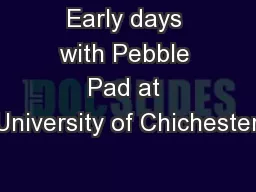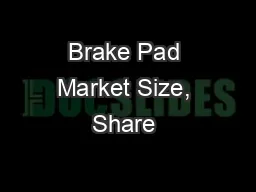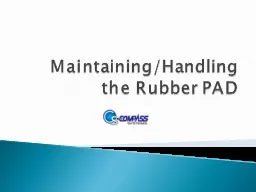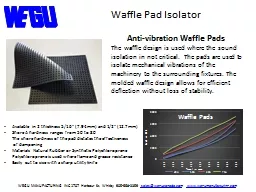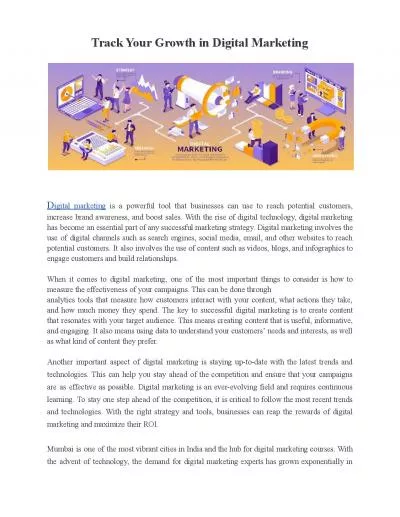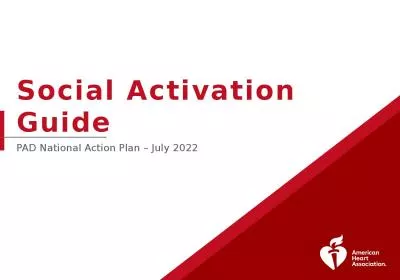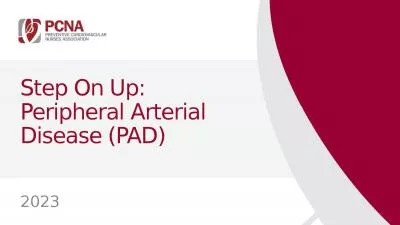PPT-Digital Pad Operation
Author : yoshiko-marsland | Published Date : 2016-08-01
Christian Vega R Jacob Baker UNLV Electrical amp Computer Engineering Digital IO Pad The digital IO pad can be used for receiving data input sending data to circuitry
Presentation Embed Code
Download Presentation
Download Presentation The PPT/PDF document "Digital Pad Operation" is the property of its rightful owner. Permission is granted to download and print the materials on this website for personal, non-commercial use only, and to display it on your personal computer provided you do not modify the materials and that you retain all copyright notices contained in the materials. By downloading content from our website, you accept the terms of this agreement.
Digital Pad Operation: Transcript
Download Rules Of Document
"Digital Pad Operation"The content belongs to its owner. You may download and print it for personal use, without modification, and keep all copyright notices. By downloading, you agree to these terms.
Related Documents

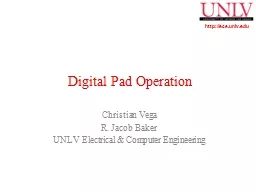
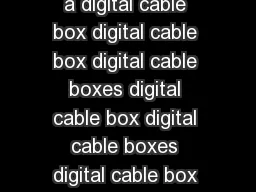
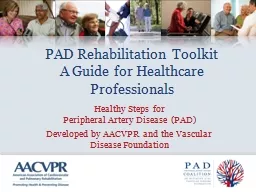
![[Pin Pad Map] Proposal](https://thumbs.docslides.com/545371/pin-pad-map-proposal.jpg)
